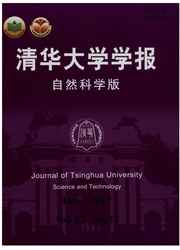

 中文摘要:
中文摘要:
多区域投入产出(MRIO)方法融合了投入产出模型中最核心的完全投入与区域的概念,应用十分广泛。在生态环境领域,借助MRIO表中的地区、行业信息,可以有效地从需求端出发,研究环境要素等在区域与行业之间的贸易隐含流与足迹,讨论地区间的生态服务公平性问题。该文回顾了基于MRIO方法探讨国家间与国家内资源、环境等问题的应用研究,发现目前应用中国MRIO方法进行物质流问题的研究仍存在空白;分析了使用中国MRIO方法研究物质流问题可能的角度、方法上潜在的问题与解决思路。结果表明:通过研究省域间贸易隐含物质流以及省域资源足迹,可以为中国解决省域间资源和与资源相关的生态环境公平性问题提供政策支持,推进地区资源效率的发展,减少区域间生态包袱转移带来的影响。
 英文摘要:
英文摘要:
The multi-region input-output (MRIO) approach can provide key information about the life cycle and the distribution of environmental resource. The regional and sectoral information in the MRIO table can be used to analyze the trade flow and the footprints of various environmental factors to identify inequalities in ecological services by demand-based analyses. This paper first reviews the research on international and subnational resource and environmental subjects using the MRIO approach. Chinese MRIO data has been rarely used to study resource-related topics. This study analyzes resource-related research using Chinese MRIO data. Analyses of interregional trade flows and regional material footprints are used to suggest policy initiatives to deal with the resource-related inequalities of ecological services, to improve regional resource use efficiency and to reduce the influence interregional transfers of ecological burdens.
 同期刊论文项目
同期刊论文项目
 同项目期刊论文
同项目期刊论文
 期刊信息
期刊信息
